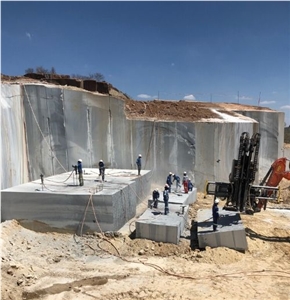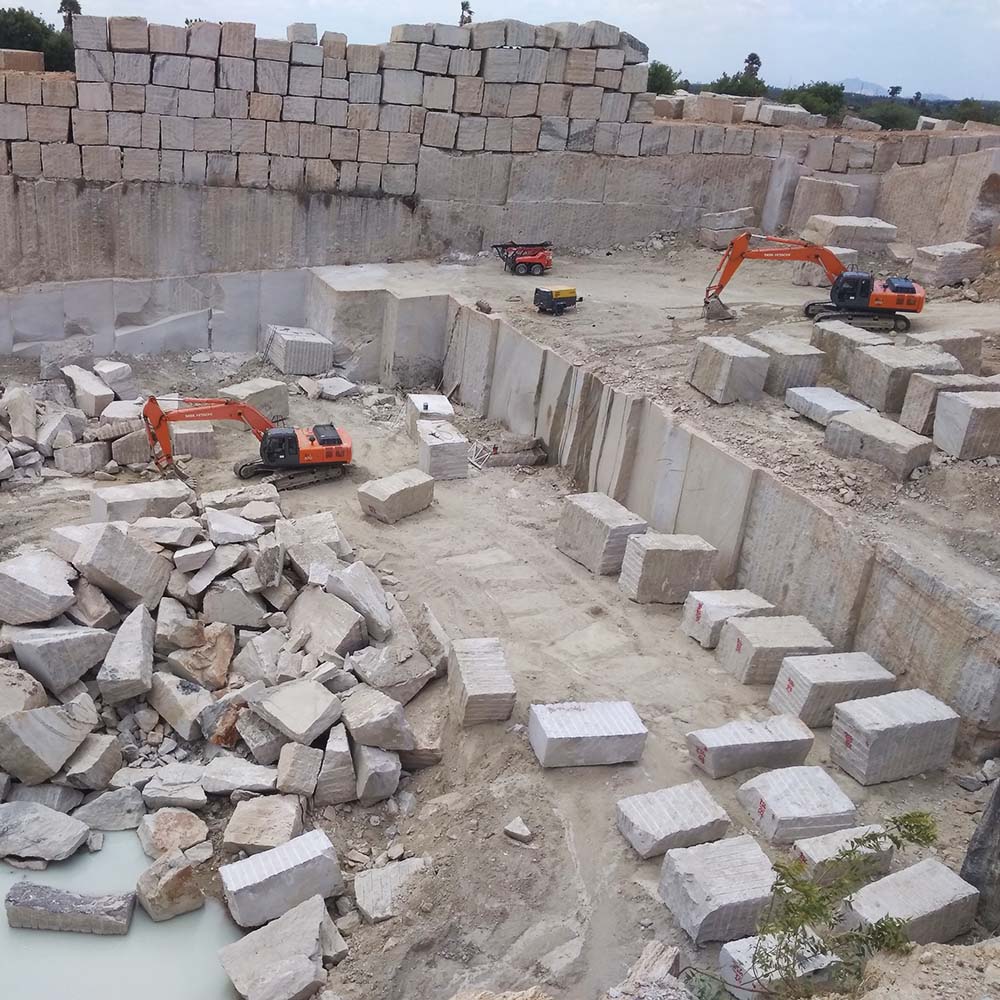Diving right into of Granite Quarries in South Africa
Diving right into of Granite Quarries in South Africa
Blog Article
Uncovering the Rich Background and Lasting Practices of Granite Quarrying
As we depend on the precipice of discovering the intricate tapestry of granite quarrying, a trip through time discloses not just the physical act of removing stone yet additionally the cultural and historical importance woven right into the very material of this practice. From the ancient origins that laid the foundation for modern quarrying strategies to the sustainable methods that are shaping the future of this market, each sculpt mark on granite surfaces narrates waiting to be discovered (granite quarries in south africa). The heritage of granite quarrying extends far past simple extraction; it is a testament to human resourcefulness, resilience, and the enduring attraction of this majestic stone
Old Beginnings of Granite Quarrying
Dating back to old people, the practice of quarrying granite has been an important component of human background and building improvement. The earliest evidence of granite quarrying go back to old Egypt, where enormous pyramids and detailed sculptures were crafted from this durable stone. The Egyptians utilized primitive devices to remove granite blocks from quarries, showcasing the importance of this material in their significant building and constructions.
Moving on in background, the Greeks additionally made significant contributions to the quarrying of granite. The Greeks utilized granite in various building wonders, such as holy places and sculptures, showing their ability in shaping and carving this durable stone. The Romans further fine-tuned the techniques of quarrying granite, utilizing innovative tools like knives and hammers to extract and shape granite for their famous structures.
With the centuries, the method of quarrying granite has progressed, with modern technologies improving efficiency while keeping the ageless appeal of this natural stone - granite quarries in south africa. From ancient people to contemporary builders, the tradition of granite quarrying remains to form our world
Development of Quarrying Methods
The advancement of quarrying strategies has actually been noted by a continuous progression towards greater efficiency and accuracy in drawing out granite. Early quarrying techniques entailed manual labor with fundamental devices such as knives, hammers, and wedges to draw out granite blocks from the planet.
In even more current times, the introduction of machinery reinvented the quarrying sector, making it possible for much faster extraction prices and boosted efficiency. Technologies such as diamond cord saws, high-pressure water jets, and pneumatic drills have actually become conventional in modern-day quarries, permitting accurate cutting and minimized waste. In addition, improvements in computer-controlled tools and 3D modeling have actually enhanced quarrying procedures, leading to very little environmental impact and improved sustainability techniques. As the demand for granite remains to rise, wikipedia reference the evolution of quarrying strategies continues to be indispensable to conference market requires effectively and sustainably.
Cultural Significance of Granite
Granite holds an extensive social significance throughout numerous worlds due to its long-lasting existence in architectural work of arts and prized monuments. From the magnificent pyramids of Egypt to the complex carvings of the Angkor Wat holy place in Cambodia, granite has actually been a material of selection for revealing majesty and durability in cultural heritage. In ancient Rome, granite columns embellished temples and public buildings, representing toughness and permanence. The cultural relevance of granite extends beyond its physical attributes; it embodies resilience, stability, and timelessness, making it a symbol of sustaining traditions and practices.

Lasting Practices in Quarrying
In the middle of the abundant background of granite quarrying and its cultural value lies a growing emphasis on lasting methods within the sector. As environmental recognition and issues regarding source depletion have heightened worldwide, the quarrying sector has actually progressively welcomed lasting techniques to lessen its effect on the atmosphere and bordering communities.

Additionally, recovery and rehabilitation of quarry websites post-extraction are indispensable to lasting practices. By restoring quarried areas to a natural or advantageous state, such as producing wildlife habitats or recreational spaces, quarriers can offset the ecological footprint of their procedures and contribute favorably to the regional community.
Legacy of Granite Quarrying
With a historic background soaked in craftsmanship and industrial progression, what withstanding effect has granite quarrying left on the landscape of modern society? The legacy of granite quarrying transcends mere removal methods; it has shaped building wonders, urban landscapes, and cultural heritage worldwide. The resilient nature of granite has made it a favored choice for monoliths, structures, and framework, standing as a testament to the ability and artistry of quarry employees throughout generations.
In addition, the financial footprint of granite quarrying can not be ignored. The sector remains to offer Get the facts work chances and drive neighborhood economic situations in regions where granite removal is widespread. It has actually additionally spurred technical innovations in quarrying techniques and devices, bring about more efficient and lasting techniques.
In terms of sustainability, the heritage of granite quarrying consists of initiatives to mitigate ecological influences through recovery jobs and accountable source monitoring. By stabilizing financial rate of interests with ecological stewardship, the industry strives to make sure that future generations can remain to gain from this long-lasting natural source.
Conclusion

Report this page